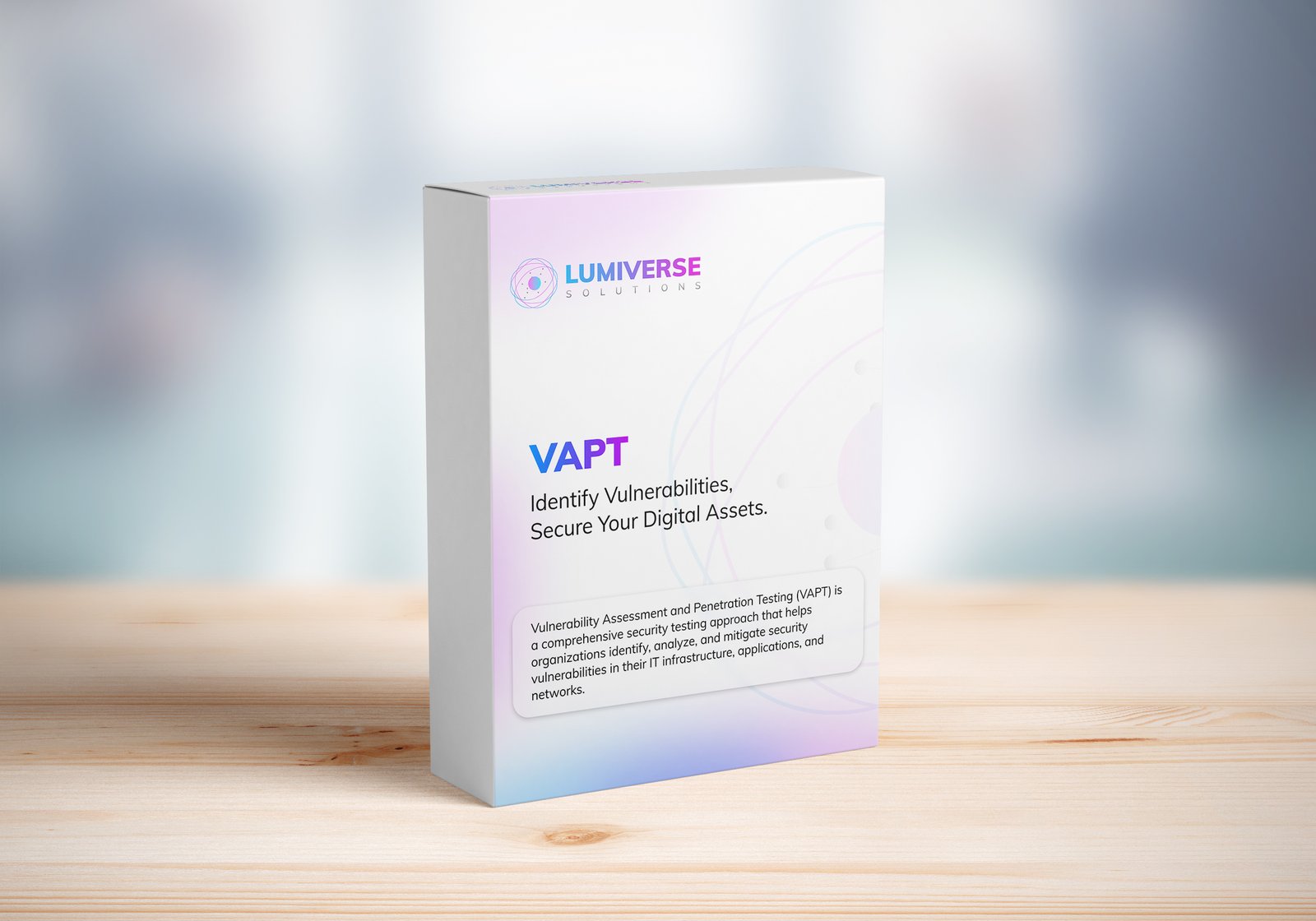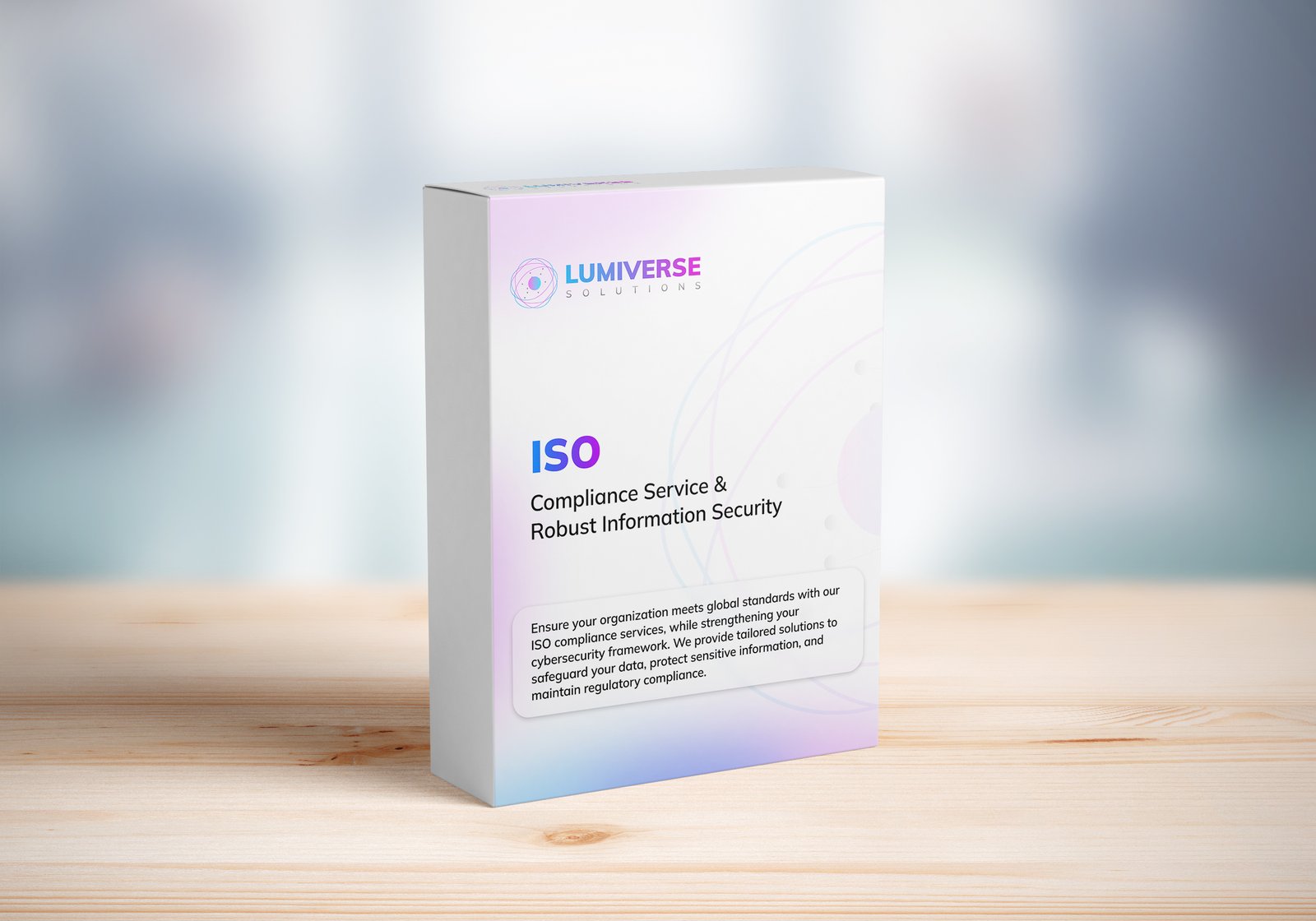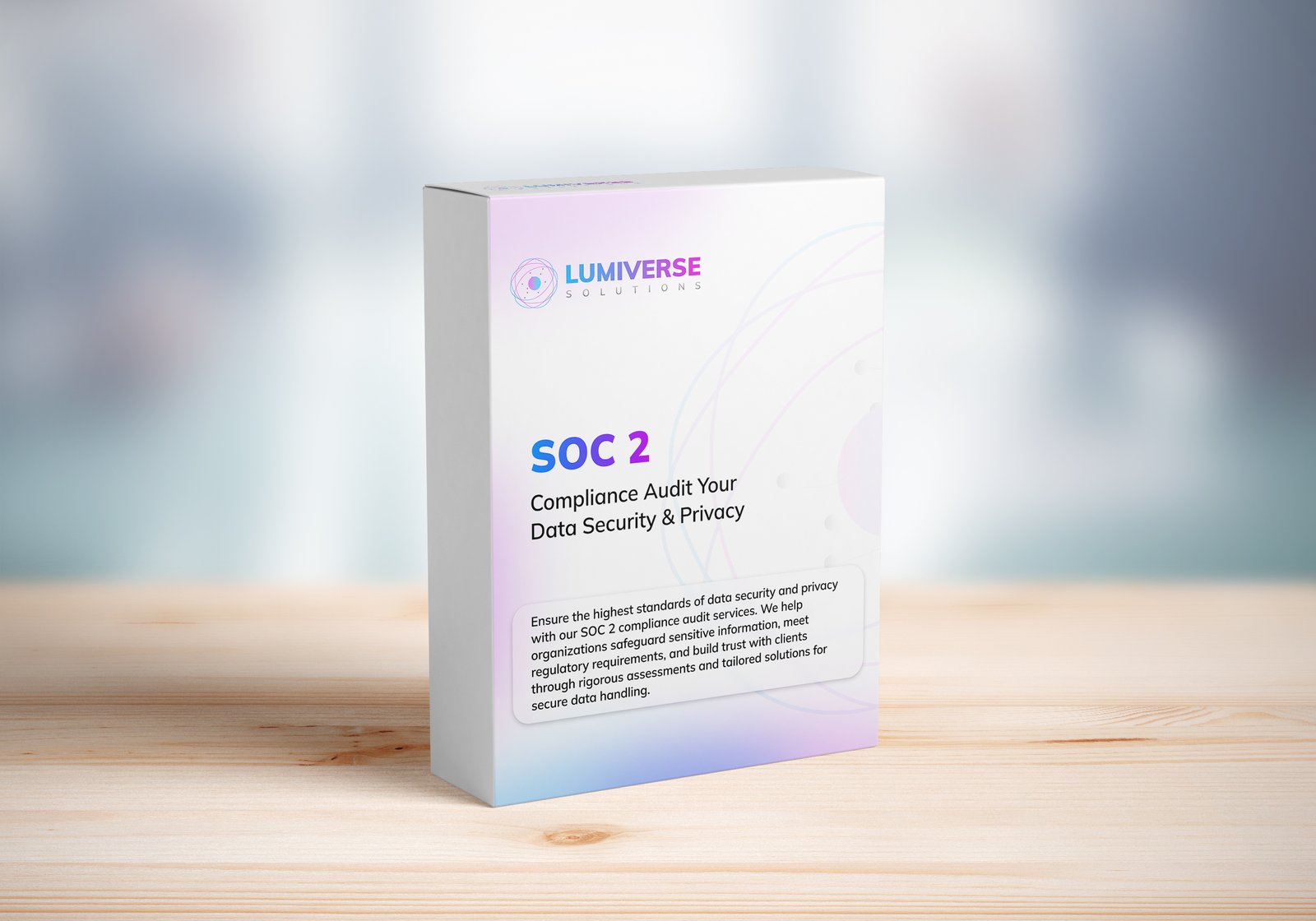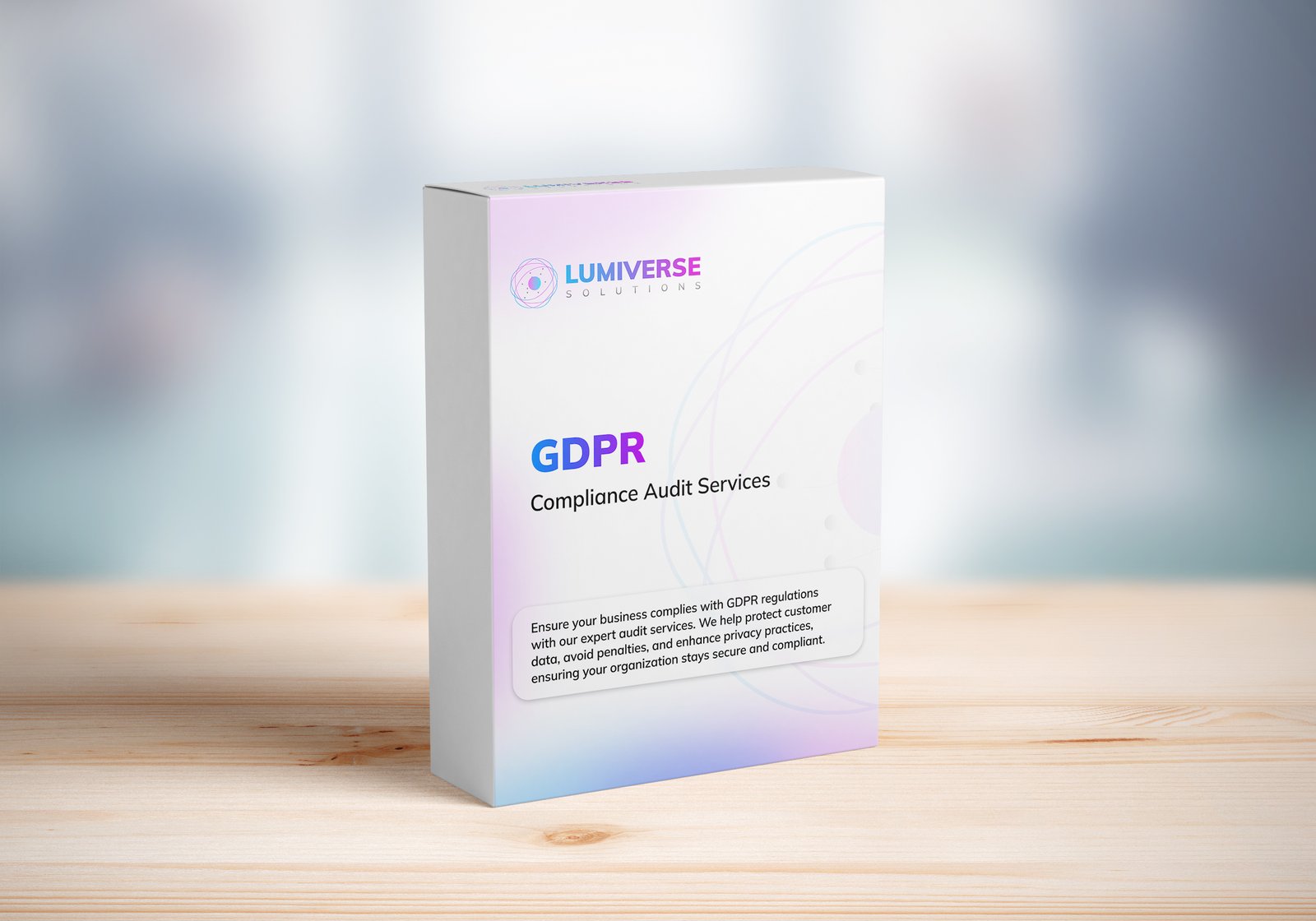Building a Strong Cybersecurity New Strategy to Fight Cybercrime

INTRODUCTION
With the age of modern times, the world has become so dependent on the digital platform. With this dependency on the digital platform, there is always a shadow of cybercrime looming large before us. The cyber criminals keep inventing new methods to take advantage of vulnerabilities, and therefore it is necessary that individuals and organizations build a robust cybersecurity strategy so that sensitive information and assets can be protected.
Cybersecurity is not an activity but a series of related activities aimed at protecting data, devices, and systems from malicious actors. To effectively combat cybercrime, we need to adopt a comprehensive cybersecurity strategy to combat on various fronts. In this blog, we delve into the critical elements of crafting a robust cybersecurity strategy that will prepare you to combat contemporary cybercriminals.
Understanding the Cybercrime Landscape
Before moving into strategies, let’s learn the cybercrime threats faced by businesses and individuals. Cybercrime is any offense that utilizes a computer, networked device, or digital data. The size and influence of cybercrime have increased exponentially, resulting in money loss, reputation loss, and security compromise.
The following are common types of cybercrime:
Ransomware Attacks: They lock up data or systems and encrypt them and ask for ransom to release them. Cyber attackers take advantage of system vulnerabilities, locking up the drives or files up totally until the payment is received.
Phishing: A fraudulent technique in which attackers pretend to be genuine organizations and lure people into divulging sensitive information, e.g., login credentials, credit card numbers, etc.
Data Breaches: Unauthorized access to sensitive or personal information, like customer information or company confidentialities. This can be due to network vulnerabilities or hacked employee credentials.
DDoS (Distributed Denial of Service) Attacks: Cyber attackers inundate a site or network with record traffic to overwhelm systems, resulting in service disruptions.
Insider Threats: Employees or contractors intentionally or unintentionally compromising organisational data, systems, or security.
With this growing threat landscape, there is a need to develop a solid cybersecurity strategy in order to deal with the threat of cybercrime and protect your organization’s assets.

Major Components of Developing a Strong Cybersecurity Strategy
1. Risk Assessment and Vulnerability Management
The first part of building a good cybersecurity program is to have an understanding of the threats to which your firm is vulnerable. Risk analysis involves the identification of potential vulnerabilities to your applications, systems, and network. You can only then prioritize your efforts by identifying the risks.
Conduct Regular Vulnerability Tests: Conduct regular tests for your systems to identify vulnerabilities. Run automated scanners to test your network and applications for potential weaknesses.
Patch Management: Conduct a strict patch management process. As soon as security patches and updates are available, apply them in a single step to seal discovered vulnerabilities.
Penetration Testing: Periodic penetration testing (ethical hacking) assists in emulating actual cyberattacks on your network to attempt vulnerabilities.
By regularly probing your company’s weaknesses and rectifying them, you minimize your risk to cybercrime considerably.
2. Solid Authentication and Access Control
One of the most critical features of having an effective cybersecurity strategy is limiting access to your data and systems. Illegal access continues to be one of the most prevalent ways through which cybercriminals launch attacks on systems. Proper authentication and access controls are necessary in an attempt to prevent such attacks.
Multi-Factor Authentication (MFA): Roll out MFA on all systems to demand access to depend upon something other than a password. MFA can generally be something you know (a password), something you possess (a token or phone), and something you are (biometric information).
Least Privilege Principle: Implement the principle of least privilege, whereby employees or users are granted only as much access level that is required to do their work.
Regular Review of Access Control Policies: Review and maintain user access controls regularly so that they are consistent with up-to-date roles and responsibilities.
By providing access to controlled systems and sensitive data, you reduce opportunities for unauthorized access and decrease the risk of cybercrime.
3. Employee Training and Awareness
The largest cybersecurity threat remains the human element. Employees are being targeted with social engineering techniques by cybercriminals, tricking them into revealing confidential information or opening virus-ridden emails. Implementing an effective cybersecurity policy involves ongoing employee training in a bid to build security risk awareness.
Phishing Awareness: Run periodic phishing simulations to educate employees to recognize and reject suspicious email, links, or attachments. Educating employees to be vigilant in dealing with unsolicited communications can prevent most attacks.
Security Best Practices: Educate employees on password hygiene, the need for software updates, and safe use of mobile devices.
Security Policies and Procedures: Inform your employees of your organization’s cybersecurity policies and what to do if they detect a security incident.
Training your employees ensures they are on guard and can recognize and block attempts at cybercrime.

4. Data Encryption and Backup
Encrypted sensitive data means that even if intercepted, it cannot be accessed. Good backup system also implies that data can be restored in the event of an attack or disaster.
Encrypt Data: Implement strong encryption techniques to secure data at rest (stored) and data in transit (transferred across networks). Encryption makes stolen data useless.
Backup Critical Data: Regularly, automatically back up critical data and systems. Backups should be stored securely, either on physical media or cloud storage, so data can be recovered in the event of an attack.
These steps are required in avoiding data theft and business continuity in the event of an attack.
5. Endpoint Security
As more and more employees work remotely and from different devices, endpoint security like laptops, smartphones, and tablets is a vital part in developing an overall cybersecurity plan.
Install Anti-Malware and Antivirus Software: Make sure all endpoints have the latest antivirus and anti-malware software installed to detect and steer clear of threats.
Mobile Device Management (MDM): Use MDM solutions to secure and manage mobile devices workers use for commercial purposes.
6. Incident Response and Disaster Recovery
No cybersecurity plan is ever complete without a solid incident response and disaster recovery plan. Even with the best preventative measures in place, there is always a possibility of an attack.
Incident Response Plan (IRP): Create an easily readable and actionable IRP to lead your team during a cybersecurity attack. This must state roles, responsibilities, and steps for detection, isolation, and reducing the impact of the attack.
Disaster Recovery (DR): Create a disaster recovery plan so that in case of an attack, critical systems can be recovered quickly. Make sure your DR plan incorporates backup data recovery, alternate workspace, and communication protocols.
A good response plan minimizes the impact of cybercrime and facilitates quick recovery.
7. Continuous Monitoring and Threat Intelligence
No cybersecurity happens overnight; cybersecurity is a continuous exercise of sitting around waiting for new threats and new types of attack. Any good cybersecurity plan involves the use of threat intelligence as well as continuous monitoring in order to remain one step ahead of cyberthieves.
24/7 Network Monitoring: Use software that has your system and network under 24/7 watch.
Threat Intelligence Sharing: Use third-party threat intelligence feeds to keep you informed of new vulnerabilities, rising threats, and cyberattack trends.
Behavioral Analytics: Use software that monitors user and system behavior to look for abnormal patterns that could be indicative of a cyberattack.
By keeping an eye on your systems around the clock, you can ensure that you can detect and respond to threats before they can do a lot of damage.

Conclusion
Developing an effective cybersecurity strategy is imperative to safeguard your organization from the growing threat of cybercrime. With more advanced cybercrime players, organizations need to embrace an active defense approach to security. A multi-layered solution comprising risk analysis, data encryption, employee training, endpoint protection, and incident response is imperative for risk mitigation.
By using a strong cybersecurity plan, you will be in a better position to protect your assets, bring confidence, and make your organization secure in the long term from cyber attacks.
Disclaimer
The information presented in this blog is provided for general information purposes only and does not constitute professional, legal, or financial advice. In spite of the utmost care taken to provide here the correct information, the nature of continuously evolving cybersecurity and cybercrime may result in cases or occurrences not documented so far. Always seek advice from a trained cybersecurity expert or lawyer on your case.
Recent Posts
Categories
- Cyber Security
- Security Operations Center
- Cloud Security
- Case Study
- Technology Trends
Vulnerability Assessment & Penetration Testing (VAPT)
Buy our VAPT services to identify vulnerabilities, simulate real-world attacks, and strengthen your systems against cyber threats effectively.

iso compliance service
Buy our ISO Compliance services to streamline processes, ensure security, meet global standards, and maintain industry certifications with ease.

SOC 2 Compliance Audit
Ensure your business meets security, privacy, and compliance standards with our SOC 2 Compliance Audit services. Protect data, build trust, and stay secure. Buy our services today!

GDPR Compliance Audit Services
Ensure your organization meets GDPR standards with our expert compliance audit services. Protect data, avoid penalties, and enhance privacy practices. Buy our services today to stay secure and compliant!

Subscribe to our Research
Enter your email address to subscribe to Lumiverse Research and receive notifications of new posts by email.
Tell Us Your Opinion
We value your perspective! Share your thoughts, feedback, or questions below. Your opinion matters and helps create a richer, more engaging conversation. Let’s connect and hear what you think about this post!

